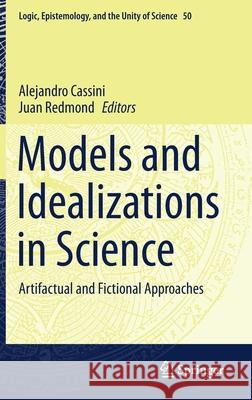Models and Idealizations in Science: Artifactual and Fictional Approaches » książka
topmenu
Models and Idealizations in Science: Artifactual and Fictional Approaches
ISBN-13: 9783030658014 / Angielski / Twarda / 2021 / 270 str.
Models and Idealizations in Science: Artifactual and Fictional Approaches
ISBN-13: 9783030658014 / Angielski / Twarda / 2021 / 270 str.
cena 443,82 zł
(netto: 422,69 VAT: 5%)
Najniższa cena z 30 dni: 424,07 zł
(netto: 422,69 VAT: 5%)
Najniższa cena z 30 dni: 424,07 zł
Termin realizacji zamówienia:
ok. 22 dni roboczych
Bez gwarancji dostawy przed świętami
ok. 22 dni roboczych
Bez gwarancji dostawy przed świętami
Darmowa dostawa!
Kategorie:
Kategorie BISAC:
Wydawca:
Springer
Seria wydawnicza:
Język:
Angielski
ISBN-13:
9783030658014
Rok wydania:
2021
Wydanie:
2021
Numer serii:
000318549
Ilość stron:
270
Waga:
0.58 kg
Wymiary:
23.39 x 15.6 x 1.75
Oprawa:
Twarda
Wolumenów:
01
Dodatkowe informacje:
Bibliografia
Wydanie ilustrowane
Wydanie ilustrowane











